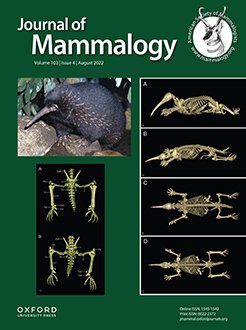Dental microwear texture analysis (DMTA) is commonly used to assess the dietary ecology of modern and fossil taxa. In carnivorans, teeth with different functions record dietary behavior differently. Here, we assess DMTA variability along the tooth row of an extant carnivorous marsupial—the Tasmanian devil, Sarcophilus harrisii—which has multiple carnassial-like molars that may function and record diet similarly. We compared the complexity (Asfc), anisotropy (epLsar), and textural fill volume (Tfv) of the lower second, third, and fourth molars of Tasmanian devils to test the hypothesis that teeth with similar forms yield similar functions. Although third molars do have significantly higher epLsar values than fourth molars, all other DMTA attributes are indistinguishable from one another. These data suggest that teeth with comparable morphologies in the same taxon have similar functions and largely record diet similarly. In addition, we compared fossil and modern specimens of S. harrisii from Tasmania to assess dietary behavior over time. These analyses indicate that foods with similar textures have been consumed since the late Quaternary.
How to translate text using browser tools
17 May 2022
Similar forms have similar functions: dental microwear variability in Tasmanian devils
Anna Reside,
Larisa R.G. Desantis
ACCESS THE FULL ARTICLE

Journal of Mammalogy
Vol. 103 • No. 4
September 2022
Vol. 103 • No. 4
September 2022
carcass utilization
dental microwear
diet
durophagy
ecology
marsupial
morphology





